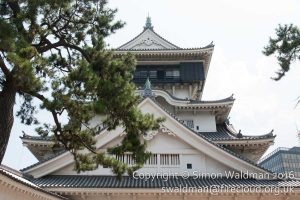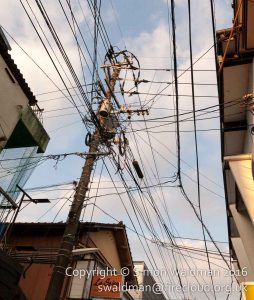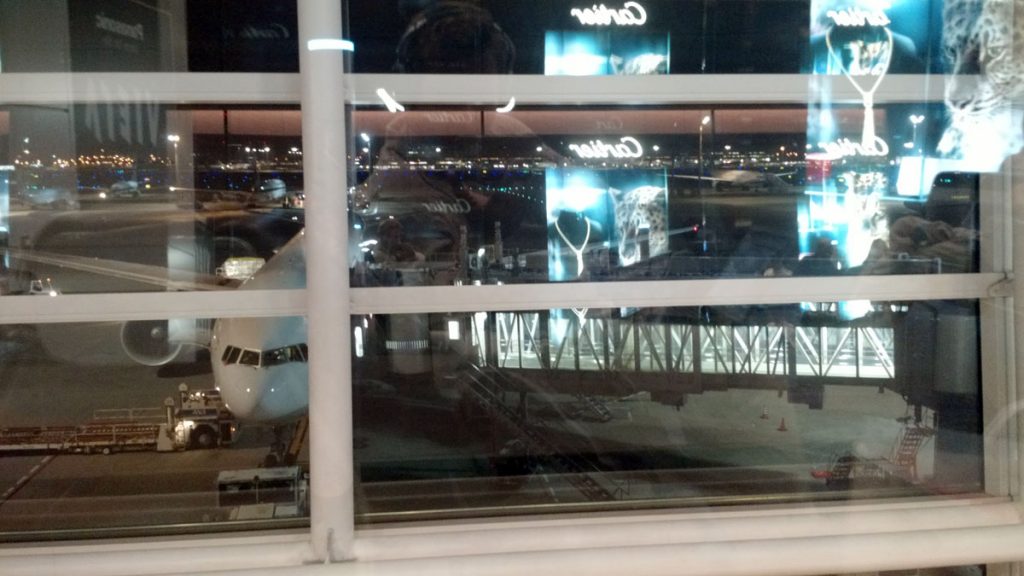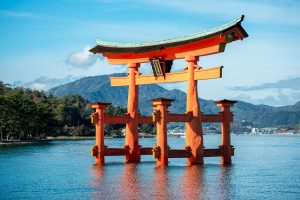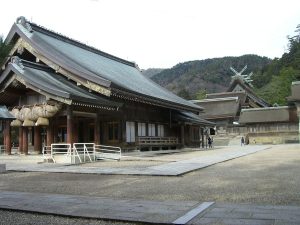Over the last few days I’ve seen a number of tweets appear like this
Oh, man I hope this works.https://t.co/785aQWqeNE
— Jeremy Kahn (@trochee) October 21, 2016
and like this
Climate apocalypse stopped by alcohol “Scientists Accidentally Discover Efficient Process to Turn CO2 Into Ethanol”- https://t.co/jkQT0JLVWr
— Francois Armand (@fanf42) October 21, 2016
The story is one about a paper in Science which goes way over my head, but which appears to talk about a new catalysed method of sucking CO2 out of the air and using it to produce ethanol. A number of people have reacted as though this will solve all our problems. They are wrong. This is not a clean fuel source that will solve all our energy problems, because the process will require an energy input greater than that which is released by burning the ethanol. I’m no organic chemist, but if that wasn’t the case it would be bucking some of the most fundamental principles of physics. This isn’t free energy, and it isn’t going to make climate change go away.
However, it may still be important. If the round-trip efficiency is good enough, it may provide a useful means of long-term storage of energy. Even if the efficiency is relatively poor, it may still be important as a sustainable way of producing an energy-dense liquid fuel for those transport applications, such as aircraft, ships, or heavy trucks, that don’t show any prospect of being electrified any time soon. In this way the new technology is in competition with other ideas for producing methanol, ammonia, or (beloved of many) hydrogen. If the new catalyst makes this more efficient, all the better.

